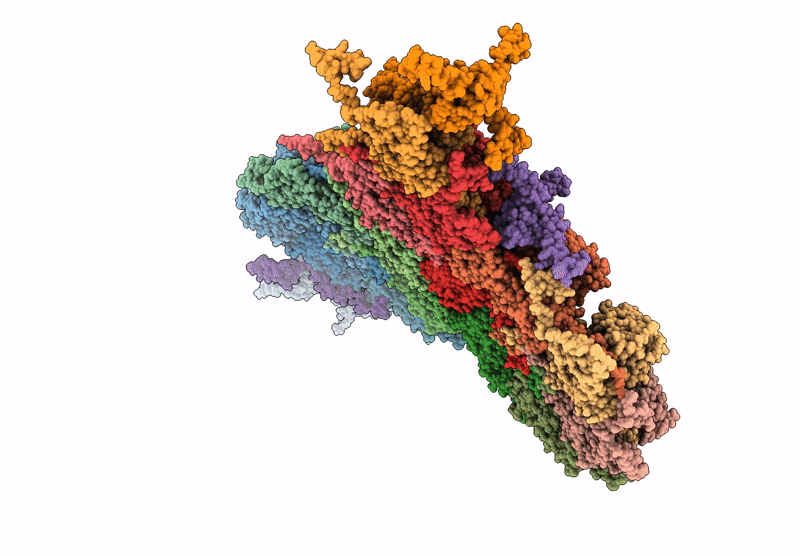
Deposition Date
2025-06-09
Release Date
2025-08-27
Last Version Date
2025-09-10
Method Details:
Experimental Method:
Resolution:
3.00 Å
Aggregation State:
PARTICLE
Reconstruction Method:
SINGLE PARTICLE


